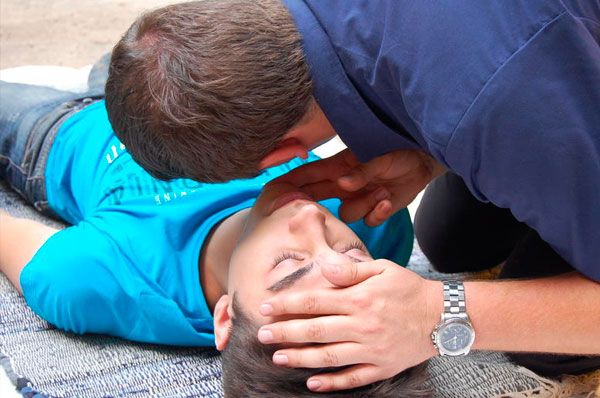
All iLive content is medically reviewed or fact checked to ensure as much factual accuracy as possible.
We have strict sourcing guidelines and only link to reputable media sites, academic research institutions and, whenever possible, medically peer reviewed studies. Note that the numbers in parentheses ([1], [2], etc.) are clickable links to these studies.
If you feel that any of our content is inaccurate, out-of-date, or otherwise questionable, please select it and press Ctrl + Enter.
Scientists are convinced: life after death is not a fiction
Last reviewed: 02.07.2025
 ">
">Scientists from the UK have provided new research results during which they have studied in detail the possibility of bringing a person back to life after the moment of his death.
About two thousand people took part in the research on a voluntary basis. It is noteworthy that all these people experienced a state of clinical death at different times.
As a result of the experiments, specialists have discovered new capabilities of the human brain. Thus, previously biologists believed that from the moment of stopping the respiratory function and cardiac activity, brain structures remain active for up to half a minute. Now, scientists have provided evidence that the human brain remains conscious for at least three minutes after clinical death.
The information obtained allowed scientists to conclude that physical death is not the end of human consciousness. Even minutes after death, a person continues to think, and this means that he continues to exist.
The participants in the experiment shared their memories of what they thought about and what they remembered during the time they experienced clinical death. Almost all of the episodes they described significantly exceeded the 30-second period that the experts had previously discussed. At the same time, many described in detail how doctors tried to resuscitate them and bring them back to life – they observed all of this as if from the outside.
"Time space is a very relative conventional concept, which was invented by man only to facilitate his orientation in constantly changing time. We cannot know about the real processes and reactions that occur in the dying brain. However, judging by the stories of those who have experienced clinical death, this is something completely unimaginable," the scientists claim.
Presumably, the information obtained may be useful for medical workers involved in cardiopulmonary resuscitation, bringing patients out of terminal states, and restoring impaired vital functions. It is quite possible that changes will be made to the methods and tactics of resuscitation.

Previously, such studies were conducted only on animals. For example, at the University of Michigan, scientists led by Jimo Borgigi conducted an experiment on rodents. It was found that after stopping blood circulation, the brain structures of rats not only remained active, but even functioned more intensively and in a coordinated manner than during wakefulness or anesthesia.
As the project leader claimed at the time, it is precisely the continuing brain activity at the moment of clinical death that can explain the visions and pictures that almost all patients who managed to survive this critical condition observe.
 [ 1 ]
[ 1 ]
